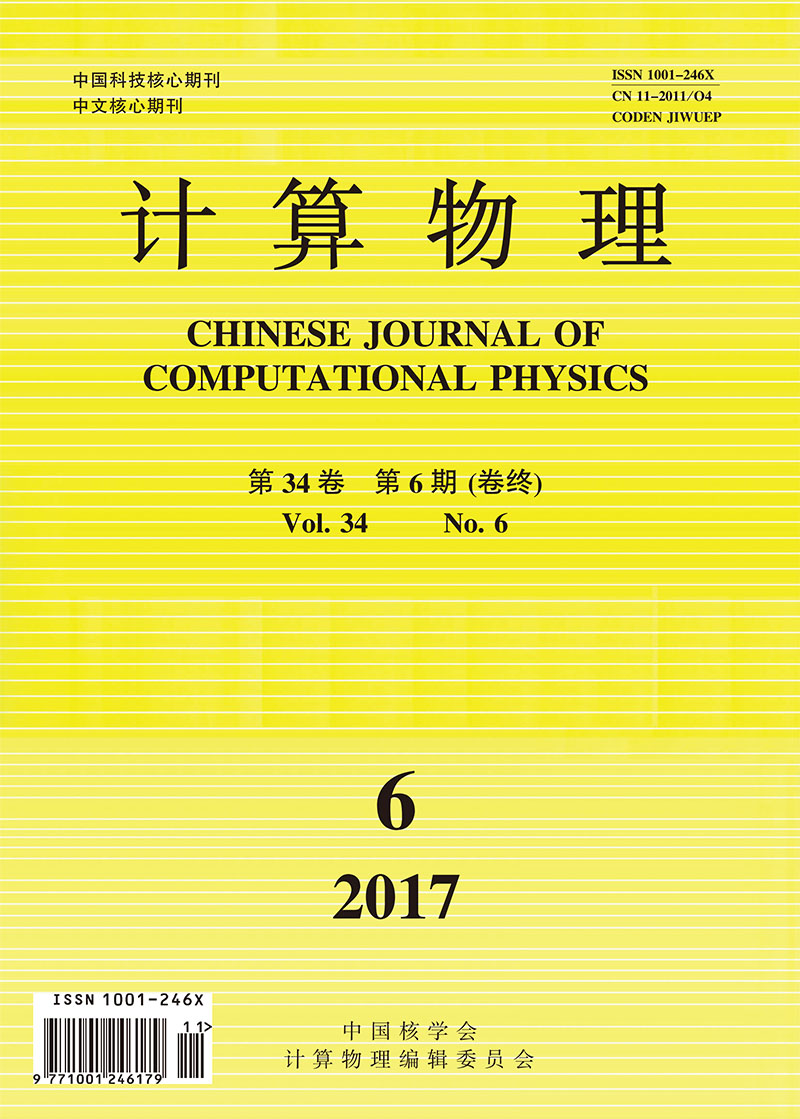|
|
An Integrated High-throughput Computational Material Platform
YANG Xiaoyu, WANG Juan, REN Jie, SONG Jianlong, WANG Zongguo, ZENG Zhi, ZHANG Xiaoli, HUANG Sunchao, ZHANG Ping, LIN Haiqing
2017, 34(6):
697-704.
The core philosophy of Material Genome Initiative is transition of way of new material design from traditional "try-and-error" approach to in-silico material design approach where intensive computing and material informatics are employed. It aims to effectively speed up discovery, development, production and deployment of new material two times faster as it is now. It means a culture shift of new material discovery:simulation and prediction first, followed by experiment. An integrated computational material platform that can facilitate high-throughput quantum mechanical simulations and manage simulation lifecycle data is therefore vital. This paper depicts a high throughput computational material platform and software framework, namely, MatCloud, which effectively integrates individual quantum mechanical simulation tasks, data extraction and data storage into an automatic flow in an end-to-end manner without direct human control. Especially, core data curation activities are also integrated into this flow rather than happening at post-simulation stage separately. MatCloud is demonstrated in an example of disorder binary alloy design to be valid and effective.
|
